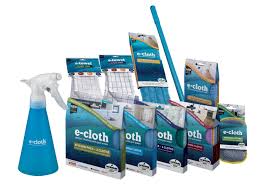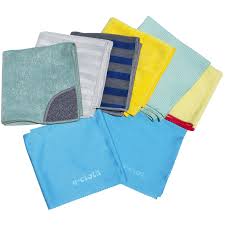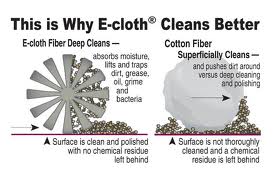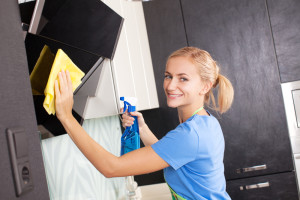 When it comes to cleaning the house, there are the set ways in which everyone seems to get their place sorted. Household cleaners come in various shapes and sizes, but will all contain similar ingredients, and do the same job. If you can break away form these cleaners, then you may well find that you save a lot of money as well as reduce your impact on the environment by reducing the amount of chemicals that you flush into the water table. Essentially, the best way to be cleaning without these chemical cleaners tends to revolve around using natural products that have certain cleaning properties. Lemon and vinegar for instance contain high levels of acid, that eat away at dirt, but tend to be gentle enough to leave most surfaces unharmed. Baking soda is carbonated when wet, which makes the cleaning action more vigorous, adding energy to the chemical reactions involved in breaking down the dirt’s bonds. Cheap cola is also highly acidic and when left for a while can take the rust off of a nail, leaving it shiny, which is great for cleaning, but terrible news for your teeth if you are a cola fan! Have a look through the following tips and tricks that use some outlandish products, and see if there are any that may help you clean in a different way to usual…
When it comes to cleaning the house, there are the set ways in which everyone seems to get their place sorted. Household cleaners come in various shapes and sizes, but will all contain similar ingredients, and do the same job. If you can break away form these cleaners, then you may well find that you save a lot of money as well as reduce your impact on the environment by reducing the amount of chemicals that you flush into the water table. Essentially, the best way to be cleaning without these chemical cleaners tends to revolve around using natural products that have certain cleaning properties. Lemon and vinegar for instance contain high levels of acid, that eat away at dirt, but tend to be gentle enough to leave most surfaces unharmed. Baking soda is carbonated when wet, which makes the cleaning action more vigorous, adding energy to the chemical reactions involved in breaking down the dirt’s bonds. Cheap cola is also highly acidic and when left for a while can take the rust off of a nail, leaving it shiny, which is great for cleaning, but terrible news for your teeth if you are a cola fan! Have a look through the following tips and tricks that use some outlandish products, and see if there are any that may help you clean in a different way to usual…
In the kitchen, you can replace your surface cleaner with two parts lemon, one part vinegar and dilute if you like. The vinegar and lemon cut through grease, and disinfect surfaces, killing germs on contact. This is a natural and friendly way to get rid of germs that is just as effective as any chemical cleaner.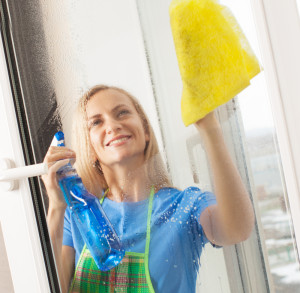
If you have a lot of limescale clogging up your kettle, then chuck the used up chunks of lemon from other cleaning used into it, and fill the rest up with water so that all of the limescale is covered. Once you have boiled it, leave the solution to do it’s work over night, and you should find that you can rinse the limescale out!
The same technique works for microwaves! If you are tired of scraping about to clean the inside of your microwave, then place a cup full of water and lemon juice in there and cook on high for a minute. The acidic evaporation will degrease the interior walls of the machine, making it really easy to clean!
The bathroom has many areas that are particularly difficult to clean, and one of the worst are the taps! You will find that taping a bag full of vinegar around the tap and leaving it over night will leave your taps easy to wipe clean. They will sparkle extremely easily, as the acid breaks down the limescale, much like the lemon in the kettle!
Baking soda and lemon forms a great cream cleaner for the bath, as does adding vinegar.
Try pouring cola down the toilet and leave it for half an hour before you give it a scrub with a toilet brush and flush it. You should find that it shines up nicely! Use neat vinegar around the surfaces of the toilet as a softer but effective bleach, which will kill the nasty germs about it!
Try pouring vinegar, baking soda and boiling water down a blocked plughole; the fizzy action combined with the acid and heat will shift tough blockages easily!
Baking soda and vinegar with a little lemon on a toothbrush, like toothpaste, will get your bathroom grouting looking great!
Try it today, you will be extremely surprised!
Guest post provided by: http://www.london-cleaners.org.uk/blog/ease-the-pressure-with-alternative-cleaning-methods.html




